LarryBolch—YouTube.
There are several short movies that are essentially time lapse. Shot with a still camera on continuous and assembled in Sony Vegas Movie Studio. I have done a number of movies using the interval timer as well, but nothing quite fascinating enough to upload. The technique is the same. In preferences, one can set the number of still frames per second, and how much they should overlap—if at all. I tend to go for a continuous cross fade, which is smoother. When the movie is rendered, standard frame rates are generated. Since these were shot at two or three frames per second, that is about what I choose. For the interval timer, I might choose to reduce four hours to four minutes—or whatever seems appropriate. Just tell the program, and it does it.
Sony Vegas Pro is a very expensive and very capable program. Its main advantages over Movie Studio is that it interfaces with high-end network or production house equipment and provides unlimited stereo audio tracks and video tracks. Movie Studio limits one to half-a-dozen of each, at least for version 10, which I have. I have found this more than adequate. With
"The Day of Intense Conversation", I used a main video track and a second for transparent titles that I could fade in and out. I used a rhythm track, two ambiance tracks, and two sound effects tracks. That is the most ever.
Compared to Pro, it is dirt cheap and there are bundles available with other Studio applications—also at low prices. The same interface is common across all applications, so once learned, the comfort level is high. No eye-candy, just logical businesslike timelines where you drag and drop your material. One can zoom in to frame level, and drop a sound-effect precisely. I tried my first cinemagraph,
" Hand Percussion"—essentially a still photograph with one element moving—with perfectly synchronized sound effects timed to when his hand hit either the down or up position.
I have used it many times for slide-shows, since once rendered as a movie, sound and image are locked together. It handles HDTV resolutions with ease. My most recent commercial project was a six hour movie that covers the hours a museum is open and plays on two HD screens in different rooms. In this case, it wrote directly to a DVD, so it was ready to deliver the moment it finished rendering. It will also write directly to my YouTube channel, hard drive, whatever. It can also be used very effectively as a multi-track sound recorder. I play the music tracks live, and then intercut to keep the phrases I like best.
In the past, there were downloadable versions that were not crippled in any way—other than with a 30 day expiry. I expect that is still true. I have tried a whole bunch of movie editing software, and this is by far the easiest to use in terms of the power it provides. Some with cutsey "user-friendly" eye candy were quite the opposite. You can change the prices to UK pounds in the upper right hand corner.
Home Studio Family Overview

